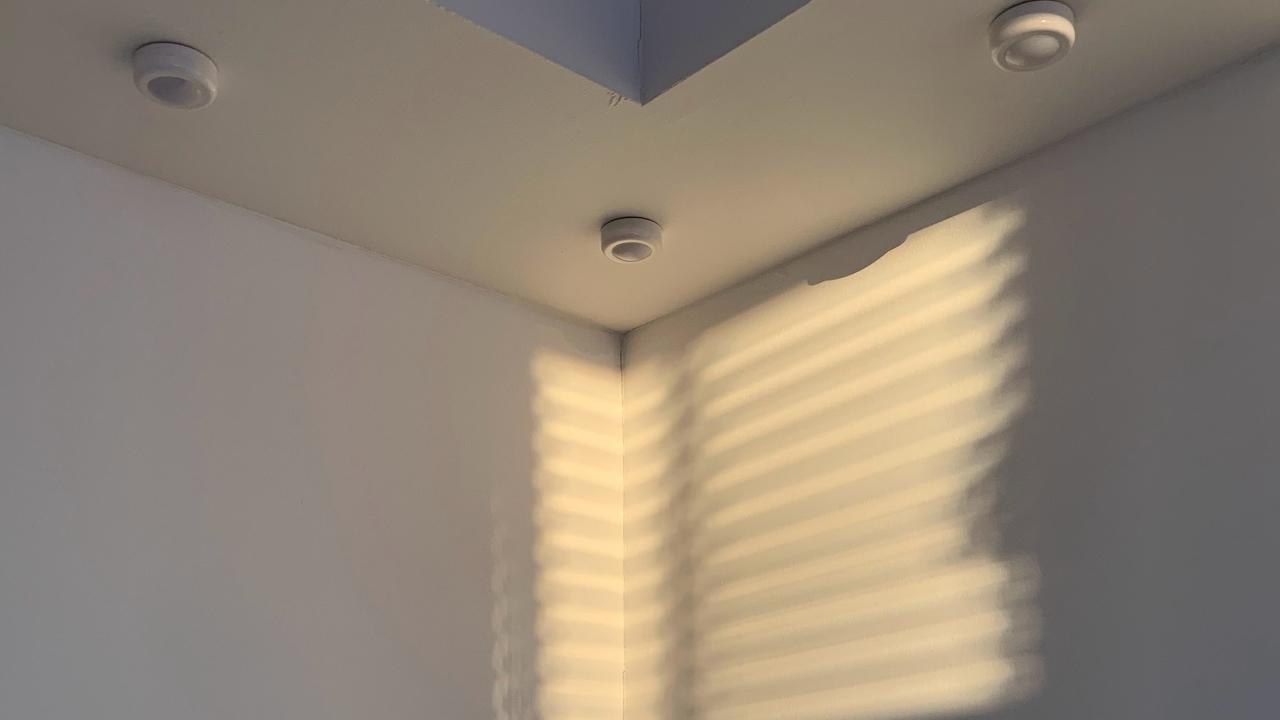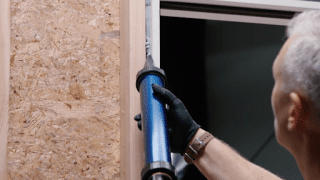
A load-bearing wall does exactly as its name implies: it supports the weight of a house and helps keep it standing (in other words, it bears a load). Considering how much weight has to be supported in a structure—the roof, all the building materials between roof and floor, all the contents of the house—the load-bearing walls are crucial to the integrity of the building. All that weight that is transferred is called the load, and the wall functions to transfer the weight from the roof to the foundation.
Every exterior wall of a home is load bearing. A non-load bearing wall is usually used to divide the space inside a house. They’re often known as partition walls or curtain walls. Since they’re not responsible for support and are not part of the structural frame, they are safe to remove to make room for a more open floor plan. You can identify them by looking at the joists and rafters in the attic or basement. If they run parallel to the wall, they are likely non-load bearing walls.
A unique type of wall often found in multi-story buildings or those located in a windy area or close to a fault line is the shear wall. While columns and load-bearing walls keep buildings standing up, carrying the compression load of the structure down to its foundation, the shear wall is what keeps structures from blowing over. The taller the building, the greater the need for internal shear walls. Nearly all houses are built with external shear walls.
How to identify a non-load bearing wall
Here are the features of a non-load bearing wall:
- Doesn’t support the weight of floors above
- Not part of the frame of the house
- Interior walls that are used to divide the rooms
- Runs parallel to joists in the attic or floor joists in the basement
- Are made of hollow brick, bricks on a façade, hollow concrete, or internally of drywall
How to identify a load-bearing wall
While there’s no consequence to removing a non-loading bearing wall, removing a load bearing wall can be a costly and dangerous mistake. Here are five ways to determine if a wall is load-bearing:
A load-bearing wall does exactly as its name implies: it supports the weight of a house and helps keep it standing (in other words, it bears a load). Considering how much weight has to be supported in a structure—the roof, all the building materials between roof and floor, all the contents of the house—the load-bearing walls are crucial to the integrity of the building. All that weight that is transferred is called the load, and the wall functions to transfer the weight from the roof to the foundation.
Every exterior wall of a home is load bearing. A non-load bearing wall is usually used to divide the space inside a house. They’re often known as partition walls or curtain walls. Since they’re not responsible for support and are not part of the structural frame, they are safe to remove to make room for a more open floor plan. You can identify them by looking at the joists and rafters in the attic or basement. If they run parallel to the wall, they are likely non-load bearing walls.
A unique type of wall often found in multi-story buildings or those located in a windy area or close to a fault line is the shear wall. While columns and load-bearing walls keep buildings standing up, carrying the compression load of the structure down to its foundation, the shear wall is what keeps structures from blowing over. The taller the building, the greater the need for internal shear walls. Nearly all houses are built with external shear walls.
How to identify a non-load bearing wall
Here are the features of a non-load bearing wall:
- Doesn’t support the weight of floors above
- Not part of the frame of the house
- Interior walls that are used to divide the rooms
- Runs parallel to joists in the attic or floor joists in the basement
- Are made of hollow brick, bricks on a façade, hollow concrete, or internally of drywall
How to identify a load-bearing wall
While there’s no consequence to removing a non-loading bearing wall, removing a load bearing wall can be a costly and dangerous mistake. Here are five ways to determine if a wall is load-bearing:
- Start at the lowest point of the house. A beam that is attached or sunk into the concrete foundation of the house is part of a load-bearing wall. In an unfinished basement, it is easier to see the metal beams or columns that run from one side of the room to the other. The load-bearing walls are found above these beams.
- Look for walls that span multiple floors. The pressure of a structure’s weight presses down and out, so exterior walls will always be load bearing.
- Look in the attic. Most load-bearing beams are located within walls. In unfinished attics where the frame of the house is exposed, it’s easier to see where the beams connect. Follow the wall stud into the attic and see if it aligns with the joist. If the vertical stud runs perpendicular to the horizontal joist, there’s a good chance it’s load bearing.
- Check the center. Walls located in the center of the house are likely load bearing, since the weight of a house is transferred from floor to floor from the roof to the ceiling, a significant amount of that load must be shouldered by a center.
- Take a look at the blueprints. You’ll be able to identify load-bearing walls by the architectural plans, keeping in mind any remodeling that was done after the house was built. The pages marked as “structural” will show which way the floor joists run.
Learn how to read blueprints in MT Copeland’s online class, taught by professional builder and craftsman Jordan Smith.
Can you remove a load-bearing wall?
If you really want to remove a load-bearing wall from a home, it can be done; however, it can be costly, and to do it without risking the structural integrity of the house, you’ll need to replace it with a column or another type of structural support. Here are some considerations in removing a load-bearing wall:
- You’ll need a permit. You’ll likely need a permit from your local municipality to ensure you’re following building codes. Some city ordinances require that you provide detailed plans of the new support system, along with approval from an advising structural engineer, before you remove the wall.
- Construct a temporary support wall. You’ll need to build this on both sides of a load-bearing wall before removing the framing.
- Add vertical posts between the two end points of the horizontal support beam. Erecting vertical posts will take the stress off the horizontal beam.
MT Copeland offers video-based online classes that give you a foundation in construction fundamentals with real-world applications, like how house framing works. Classes include professionally produced videos taught by practicing craftspeople, and supplementary downloads like quizzes, blueprints, and other materials to help you master the skills.







